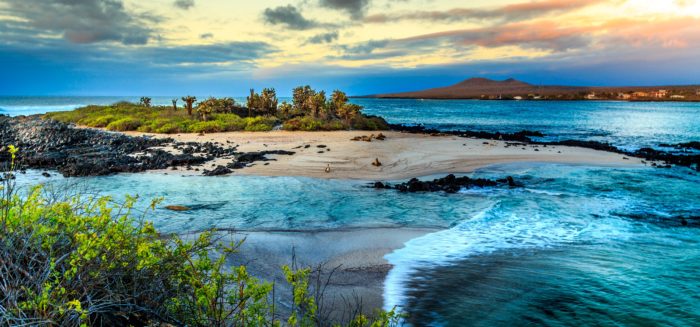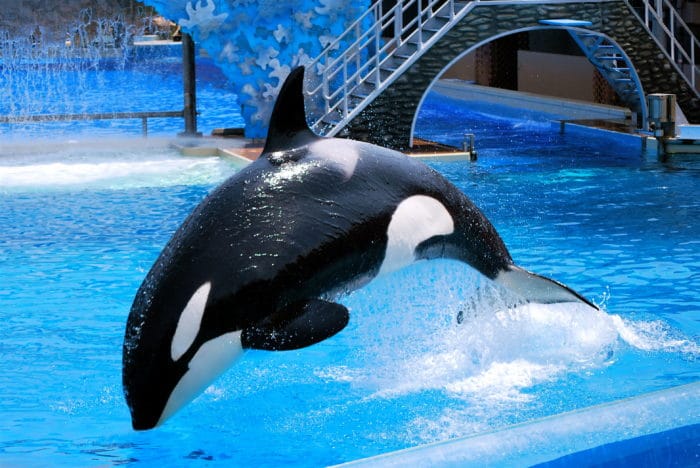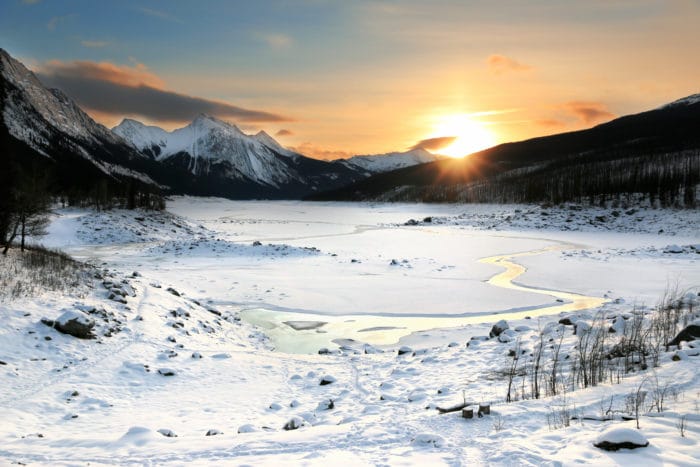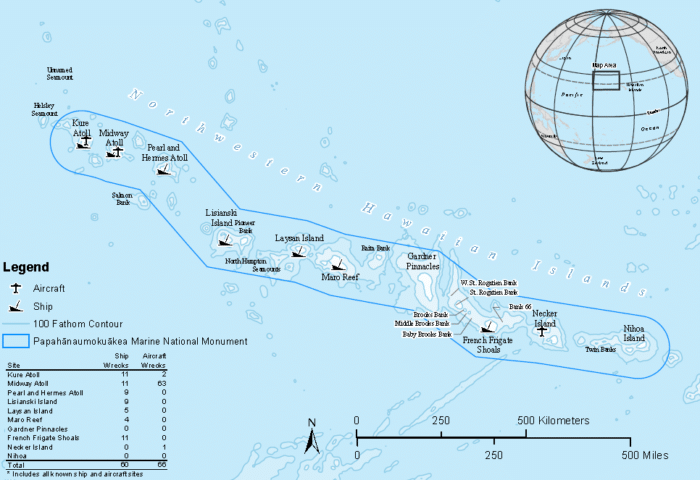After a year of political upheaval and iconic celebrity deaths, few were sorry to see the back of 2016. Marine conservation featured in the news many times – often for tragic reasons, including the destruction of kelp forests in Tasmania, and the mass-bleaching of the Great Barrier Reef. Whaling continued in the Southern Ocean, and in January, scientists predicted that there would be more plastic than fish in the sea by 2050.
However, it wasn’t all doom and gloom. There were also some significant marine conservation victories – victories that prove that all is not yet lost. From the creation of new marine sanctuaries to the progression of animal rights in American aquaria, wins like these prove that there is still a chance to rectify the damage done by centuries of human abuse.
In this article, we take a brief look at ten of 2016’s conservation highlights.
New Marine Sanctuary Created in the Galápagos

In March, the Ecuadorian government announced a series of new protected areas for the Galápagos Islands, one of the most biodiverse regions on Earth. These include a marine sanctuary in the north of the archipelago covering 15,000 square miles, and 21 smaller conservation areas together totaling 18,000 square miles of protected ocean. The new sanctuary is meant specifically to protect the Galápagos’ famously abundant shark populations, and all 22 areas are established as no-take zones. This means that fishing and all other extractive industries are banned.
SeaWorld Announces End of Breeding Program

Also in March, SeaWorld bowed to public pressure generated by anti-captivity documentary Blackfish. The company announced that it would be ceasing theatrical orca shows at its theme parks in California, Texas and Florida – a pledge that came to fruition at SeaWorld San Diego on January 8th, 2017 with the last ever One Ocean Shamu show. The company also committed to ending its orca breeding program, meaning that the 22 orcas currently housed at its U.S. parks represent the last generation of captive orcas at SeaWorld.
New Non-Profit Created to Research Whale Sanctuary
In the wake of SeaWorld’s announcement, The Whale Sanctuary Project was registered as a non-profit in April with the express purpose of creating a natural sanctuary for whales and dolphins retired from captivity or rescued from the wild. After receiving initial funding from baby product manufacturer Munchkin Inc., the charity is currently researching location options for a coastal sea pen, where cetaceans can either be rehabilitated for release to the wild, or allowed to live out their days in a natural setting free from forced interaction with humans.
New Reef Documented in the Amazon
April also saw the publication of a study documenting the astonishing discovery of a reef at the mouth of the Amazon River. It was previously believed impossible for corals to survive in waters so heavily laden with sediment, but the deepwater reef found by researchers from the Federal University of Rio de Janeiro thrives beneath the sediment plume with no light and limited oxygen. Although not as diverse as conventional tropical reefs, more than 73 species of fish and 61 species of sponge have been recorded living in this unique Amazonian ecosystem.
Oil Permits Donated to Conservation in the Arctic

In June, Shell Canada donated 30 offshore oil permits to the Nature Conservancy of Canada. The permits covered 3,320 square miles of wilderness in the Canadian Arctic, including Lancaster Sound – a vitally important body of water that acts as a key migration route for threatened species like the narwhal and beluga. For years, conservationists had campaigned to protect Lancaster Sound; however, since oil extraction is not permitted within a marine conservation area, the permits proved an insurmountable obstacle. With Shell’s donation, the road is clear for future protection.
Court Rules for Marine Mammals in Sonar Debate
In July, a federal appeals court ruled that the peacetime use of low-frequency active sonar by the U.S. Navy is in violation of the Marine Mammal Protection Act. The ruling was the result of four years of legal action after the Natural Resources Defense Council filed a counter-suit appealing a decision by the National Marine Fisheries Service to allow the U.S. Navy to use this kind of sonar. Low-frequency active sonar is capable of reaching 235 decibels, exposing marine mammals to extreme stress. It has been connected to several mass whale and dolphin strandings.
Record-Breaking Protected Area Established in Hawaii

President Obama cemented his environmental legacy in August when he created what was at the time the largest protected area on Earth. To do this, he quadrupled the size of the Papahanaumokuakea Marine National Monument in Hawaii, originally established by George W. Bush in 2006. Now measuring 582,578 square miles, Papahanaumokuakea offers protection to more than 7,000 marine species, of which approximately 25% are found nowhere else on Earth. Commercial fishing and deep-sea mining are prohibited within its waters.
Global Fishing Watch Launched
In September, conservation organization Oceana launched a new website in conjunction with Google and satellite imaging non-profit SkyTruth. Dubbed Global Fishing Watch, the site uses satellite data to create a real-time map of fishing vessels active all over the world. The data is transmitted by the ships’ Automatic Identification System, which includes information about the ship’s name, nationality, location, and destination. It is hoped that the map, which currently tracks more than 35,000 fishing vessels, will allow authorities and civilians to flag illegal fishing activity.
Deep Water Reefs Discovered in Hawaii
A paper published in October introduced the world to a series of ‘twilight zone’ reefs discovered in Hawaii. These corals live at the deepest point in the ocean still penetrated by sunlight and are thought to be pristine. Many areas boast 100% coral cover and support nearly twice as many endemic species as shallower reefs in the same region. Reefs in the ‘Au’au Channel constitute the largest single deep water coral reef system on record; while nearly 100% of fish found on twilight zone reefs to the north of the archipelago are not found anywhere else on the planet.
World’s Largest MPA Created in Antarctica
Just two months after its creation, Obama’s Papahanaumokuakea monument lost its title as the world’s largest protected area to the newly established Ross Sea Region Marine Protected Area in Antarctica. The MPA covers 598,000 square miles and was created after a unanimous vote taken by the 24 countries that make up the Commission for the Conservation of Antarctic Marine Living Resources. The Ross Sea is one of the planet’s most remote regions. Its plankton-rich waters support more than 16,000 animal and plant species, including the rare Adélie penguin.

